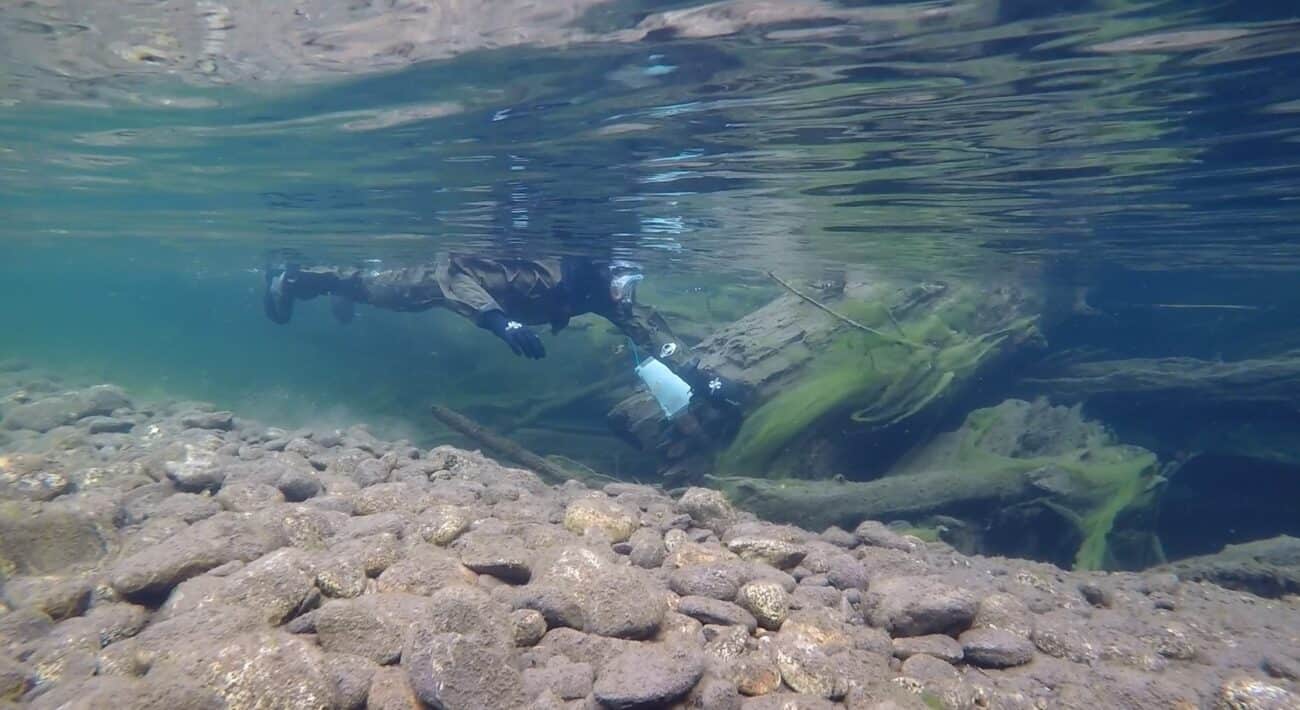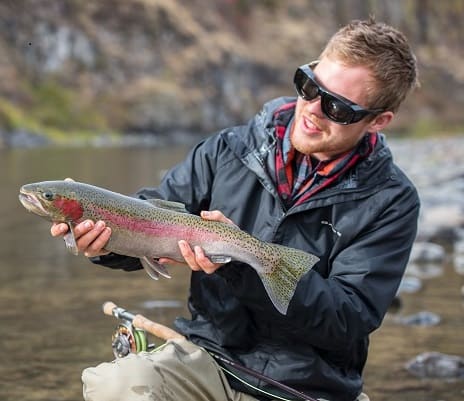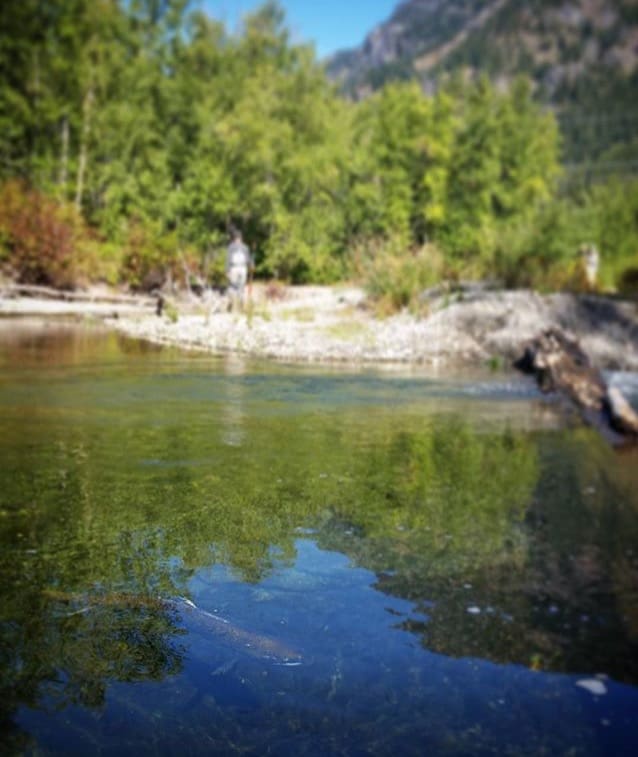 The restoration and recovery of salmon stocks requires a sustainable design that attains the highest level of restoration across the entire suite of aquatic and terrestrial habitats. While we are often targeting the restoration of a specific species and life history stage, we believe that successful restoration should result in the “uplift” of the entire system. This requires the integration of aquatic and terrestrial biology, an understanding of surface and subsurface hydrology, geomorphology, and sediment transport analysis to achieve the recovery of functional and resilient natural processes.
The restoration and recovery of salmon stocks requires a sustainable design that attains the highest level of restoration across the entire suite of aquatic and terrestrial habitats. While we are often targeting the restoration of a specific species and life history stage, we believe that successful restoration should result in the “uplift” of the entire system. This requires the integration of aquatic and terrestrial biology, an understanding of surface and subsurface hydrology, geomorphology, and sediment transport analysis to achieve the recovery of functional and resilient natural processes.
A major component of our scientific approach to salmon habitat design is our effort to research and incorporate fish life history into design choices and solutions. This data allows us to make more informed decisions that will positively enhance or restore robust salmon life cycle. Our history of designing salmon spawning and rearing habitat in Washington brings unparalleled expertise and an understanding of the key variables that effect habitat stability, design life and ecological function. In addition, NSD team members leverage hydraulic model output with Habitat Suitability Index to evaluate and target specific species and life history stages —further enhancing the success of habitat enhancement and logjam design in large rivers and dynamic floodplain environments, whether in remote areas or along urban streams.




